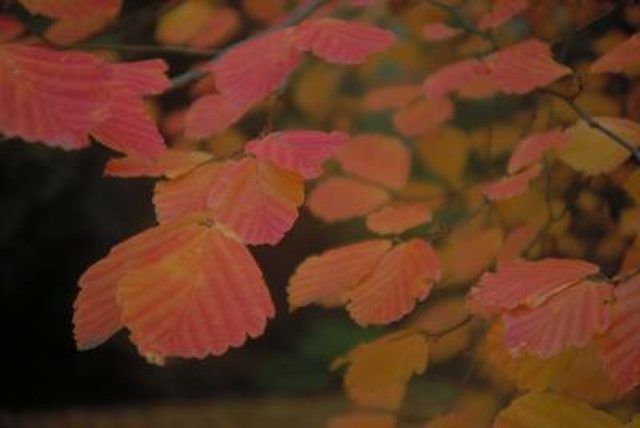Bulbs
Flower Basics
Flower Beds & Specialty Gardens
Flower Garden
Garden Furniture
Garden Gnomes
Garden Seeds
Garden Sheds
Garden Statues
Garden Tools & Supplies
Gardening Basics
Green & Organic
Groundcovers & Vines
Growing Annuals
Growing Basil
Growing Beans
Growing Berries
Growing Blueberries
Growing Cactus
Growing Corn
Growing Cotton
Growing Edibles
Growing Flowers
Growing Garlic
Growing Grapes
Growing Grass
Growing Herbs
Growing Jasmine
Growing Mint
Growing Mushrooms
Orchids
Growing Peanuts
Growing Perennials
Growing Plants
Growing Rosemary
Growing Roses
Growing Strawberries
Growing Sunflowers
Growing Thyme
Growing Tomatoes
Growing Tulips
Growing Vegetables
Herb Basics
Herb Garden
Indoor Growing
Landscaping Basics
Landscaping Patios
Landscaping Plants
Landscaping Shrubs
Landscaping Trees
Landscaping Walks & Pathways
Lawn Basics
Lawn Maintenance
Lawn Mowers
Lawn Ornaments
Lawn Planting
Lawn Tools
Outdoor Growing
Overall Landscape Planning
Pests, Weeds & Problems
Plant Basics
Rock Garden
Rose Garden
Shrubs
Soil
Specialty Gardens
Trees
Vegetable Garden
Yard Maintenance
Elm Tree Identification
Elm Tree Identification. Tall American elm trees (Ulmus americana) are rare in North America, since an ailment called Dutch elm disease lets few large specimens survive. Elms are appropriate as street and shade trees in the landscape and are recognizable from certain characteristics.

Tall American elm trees (Ulmus americana) are rare in North America, since an ailment called Dutch elm disease lets few large specimens survive. Elms are appropriate as street and shade trees in the landscape and are recognizable from certain characteristics.
Size and Form
American elm trees grow to 80 or 90 feet when Dutch elm disease fails to afflict them. Most grow no taller than 40 feet before the disease takes its toll, eventually killing the trees after stunting their growth. American elms have three different forms, with most having a vase-like shape, others resembling oak trees with spreading branches and others being narrow with several branches low on their trunk.
Leaves
Study the leaves of American elm, looking for about 15 separate pairs of veins running through them. The foliage is from 3 to 6 inches long, possesses serrated edges, has an asymmetrical base with one side higher than the other and is dark green. Fall colors include yellow and a pale greenish tint. Elm leaves come off the tree in autumn.
Other Features
The seeds of elms are round, with a distinct notch at their top. The seeds ripen during late spring and fall to the ground. Elm bark is dark gray, with ridges running through it.